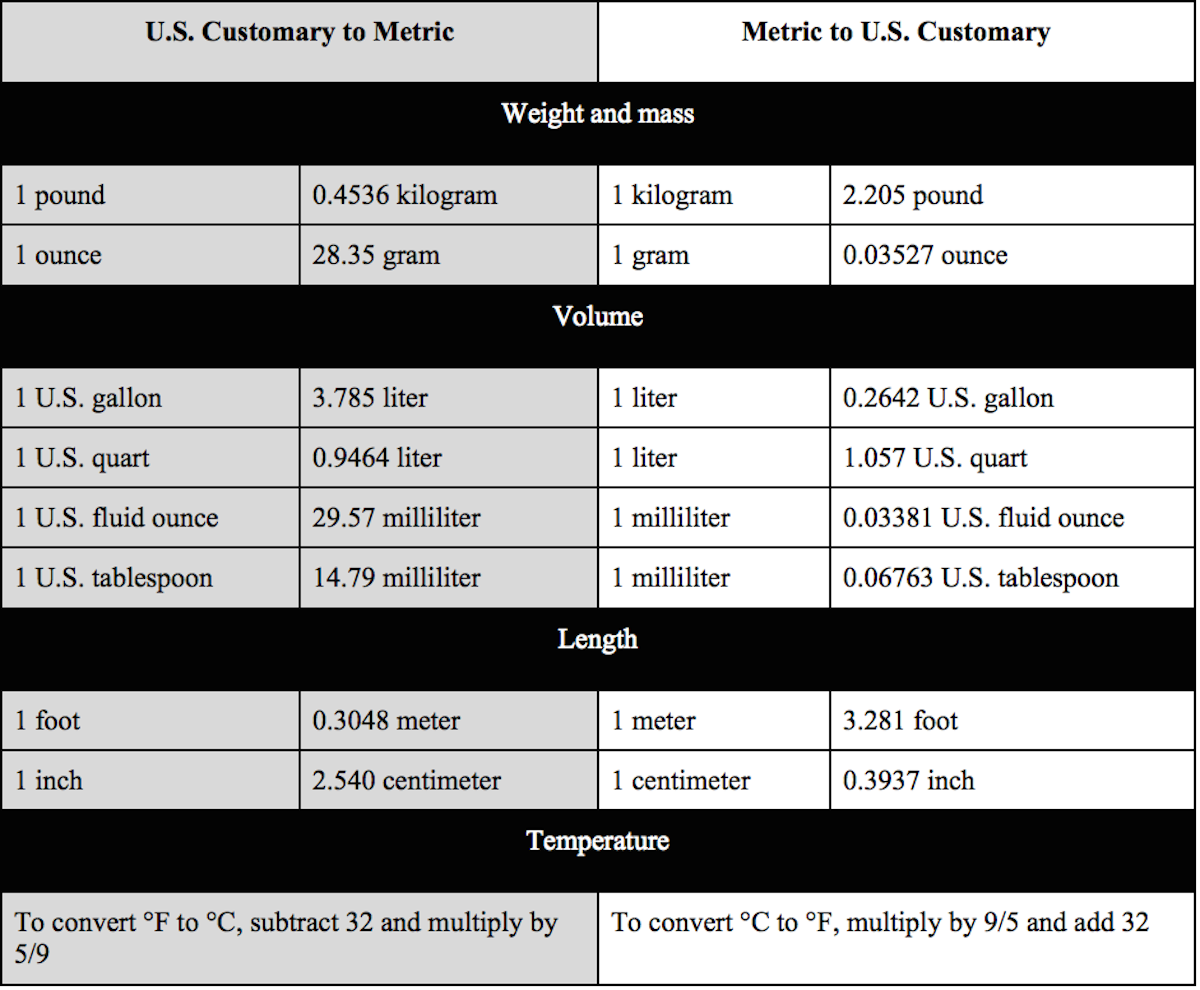
Matthew Brynildson attended the Siebel Institute of Brewing Technology and joined the Goose Island Beer Company in 1996 as Head Brewer of their Chicago, Fulton Street production facility. In 2000 Matt moved to Central Coastal California to Join the SLO Brewing Company as Brewmaster. In July of 2001, Firestone Walker Brewing Company acquired the Paso Robles production brewery and asked Matt to stay on as Brewmaster and General Manager.
Kettle finings are coagulating agents added to hot wort, typically toward the end of boil, to aid in the precipitation of cold break. They are also referred to in the industry as copper finings because they are typically utilized in the kettle: often called the copper in the UK.
Kettle finings are coagulating agents added to hot wort, typically toward the end of boil, to aid in the precipitation of cold break. They are also referred to in the industry as copper finings because they are typically utilized in the kettle: often called the copper in the UK.
There are several types of finings. One is Irish moss, a red seaweed or algae that is rich in carrageenan. Irish moss contains polysaccharides that carry a negative charge that readily binds with positively charged proteins in the wort. This binding activity results in precipitation of these proteins after the wort is cooled. These finings are utilized predominantly in the ale brewing world and are not as common in the lager world. They are considered a process aid and are not technically an ingredient since it precipitates out of solution or is filtered out of finished beer.
We utilize kettle finings to aid in producing clear (cooled) wort and ultimately clearer finished beers. Utilizing kettle finings results in beer that is much easier to filter, or if you don’t filter, beer that naturally drops much cleaner.
Kettle finings also improve the physical stability of beer by removing haze potential proteins. These proteins, if left in the beer, will eventually combine with tannins and form haze. In other words, the removal of potential haze-forming proteins results in a beer that is not only less hazy when finished or filtered, but stays bright for a longer period of time after it is packaged.
These finings are excellent at binding with these proteins and work to remove them from solution through precipitation. The resulting complex tends to settle out and is removed with the yeast at the end of fermentation.
We use Whirl-Floc in our beers. Whirl-Floc is the trade name for a product produced by Kerry Bio-Science. We utilize a granular form of the product that is very easy to handle and is contains high grade carrageenan. A tabular form is made for the small scale brewer.
There are other Irish moss products that are readily available. They are typically dusty and a little more difficult to handle than the granular or tab forms. They are derived from similar starting material and act in the same manner. Any time you are looking for good clarity, kettle finings are, in my opinion, a good option to exercise. If we are brewing a wheat beer or something that we want haze or turbidity in the finished product, we omit kettle finings from the process.
When we do use them, we add kettle finings 10 min before the end of boil by adding the material into the kettle. Boiling them for 10 minutes seems to be a perfect amount of time. You can draw a sample of finish boiled wort from the kettle and cool it down for visual inspection. You should be doing this anyway to measure your starting gravity. Allow the sample to sit and observe the clarity of the wort and the nature of the precipitate. You are looking for brilliantly clear wort with a relatively compacted precipitate.
I also know a number of small scale brewers that have very good results with gelatin finings for finished beer clarification. There are other aids like PVPP and silica-gels (generally referred to as beer stabilizers) that can be used to remove haze-forming compounds as well.
With all of this in mind, I live by the brewing rule that less is usually more. I tend to utilize as few inputs as possible to gain my desired end result. Each fining product has a specific mode of action. For example: If I wanted to deal with protein haze issues I would start with kettle finings. They are negatively charged and bind with positively charged protein helping to remove protein haze by binding with them in the kettle.
To get yeast out of suspension, I would choose a fining agent for that purpose. Isinglass is positively charged and binds to negatively charged yeast cells aiding in yeast precipitation in the conditioning vessel. These two fining steps will result in very clear finished beer.
Chris Buckley is the Brewmaster at Red Oak Brewing Company in Greensboro, North Carolina.
There are many additives that will speed up the clarification of beer. Due to my background as a Bavarian brewer and maltster, I will concentrate on the traditional method — additive free — the way Red Oak lager beers are produced. This method lends itself well to homebrewers who are also not in a hurry to produce the beer.
To me, time is the key to success with this method. What do I mean by this? You will need to dedicate four to six weeks of lagering at 30–32 ºF (~0 ºC). Cold conditioning of beer clarifies and increases the colloidal stability of it. You cannot skip this step if you want a clear beer in the traditional method.
The amount of trub material in the wort affects the rate of clarification. Boil vigorously as this helps to coagulate proteins. Remove the hot break prior to fermentation by means of a whirlpool (this is the modern method).
Transferring the fermenting beer off the cold break and into a secondary vessel to complete fermentation yields a beer of better clarity and flavor. Careful transfers that avoid agitation are important. One of the most common mistakes made by homebrewers is agitating during racking, which can cause oxidation.
Beer with a pH of 4.2 to 4.4 will clarify more rapidly. Adjust the pH during mashing and wort boil with sour malt or food grade phosphoric acid to achieve a pH of 5.3 to 5.6 in the pitching wort (unless of course, the pH is naturally in the proper range).
As for fining agents: Adsorption is the process most used in the fining of beer. Finings have an electrostatic attraction to haze forming particles, thereby making the particles heavier to promote sedimentation and/or larger to aid in the removal by filtration. The most common additives to promote clarification are:
Irish moss: Use 1/2 tsp. per 5 gal. This is a dried algae added to the boil 10 minutes before cast out, which helps coagulate hop tannins and protein in the boil resulting in a greater hot break.
Isinglass. This is the dried swim bladder of fish, mostly sturgeon, soaked in cold water and added to the fermented beer to quickly drop out yeast and other suspended particles from the beer. Amounts to be used in beer vary from one product to another.



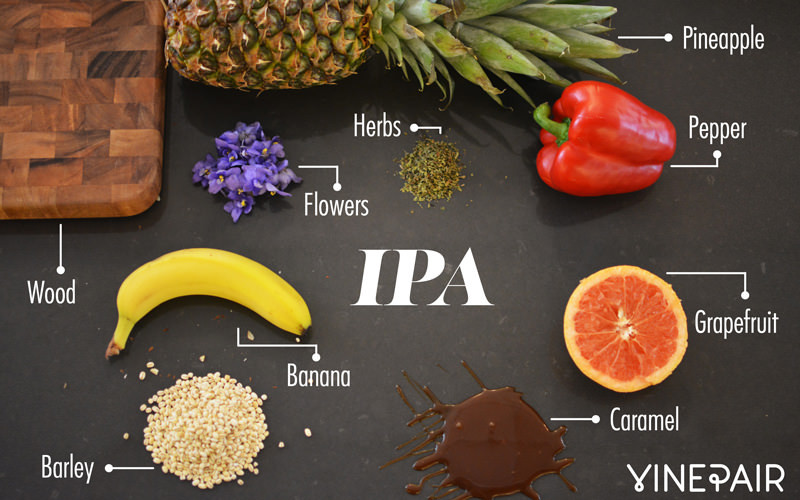
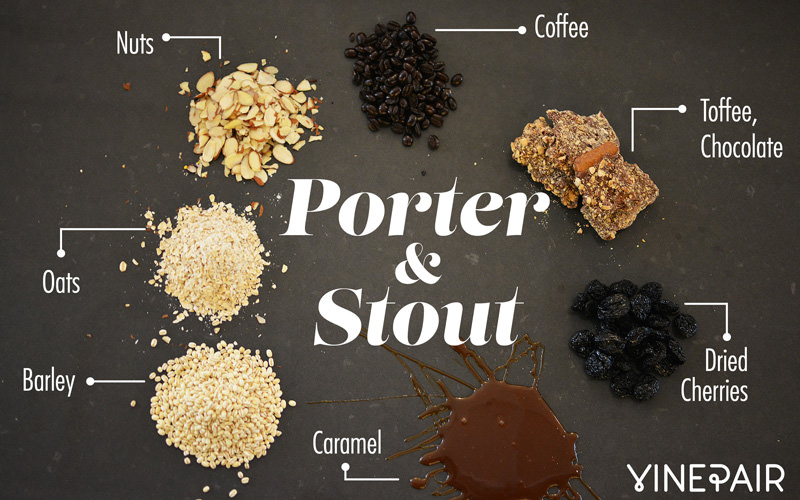
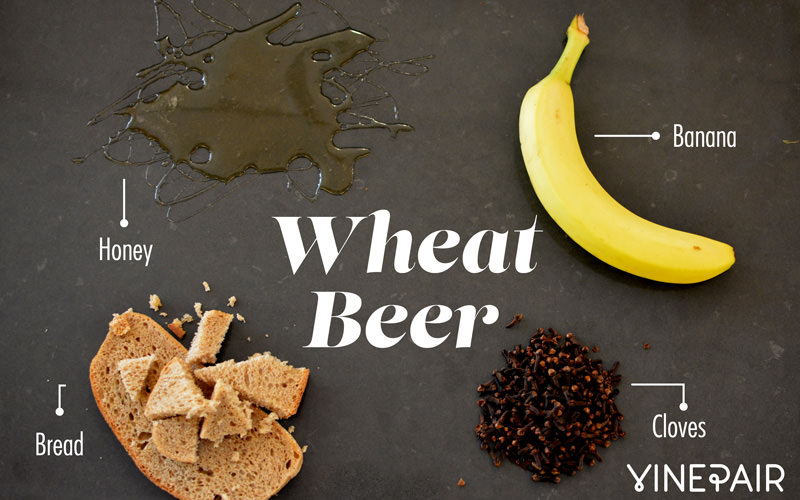
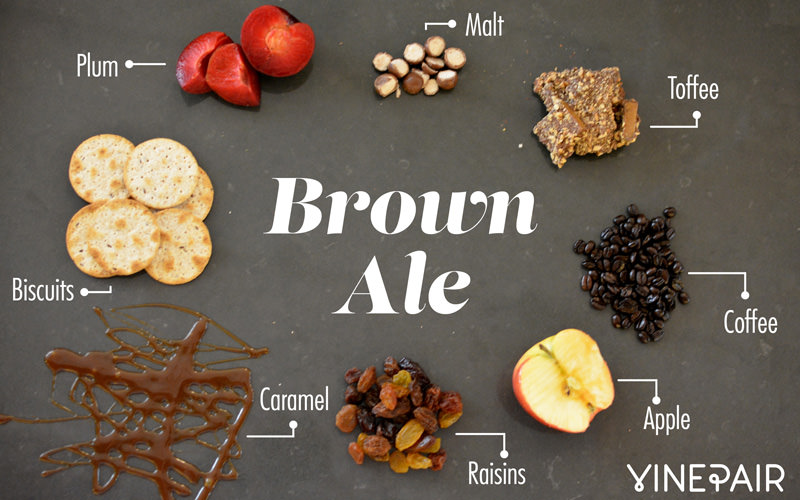
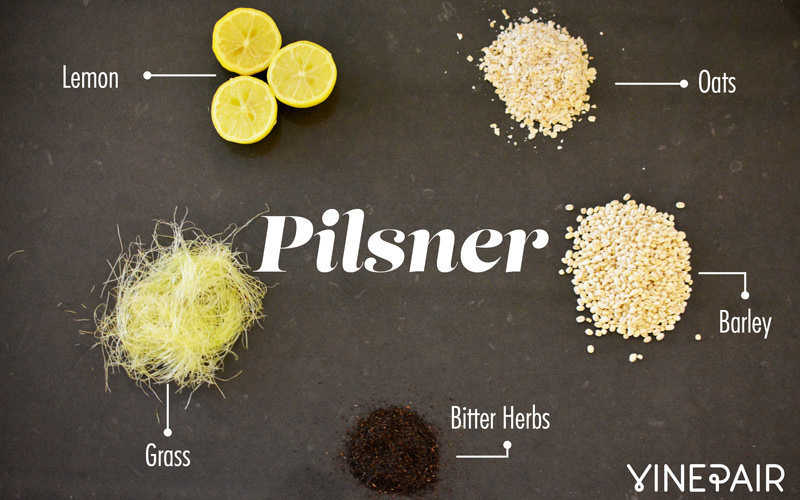
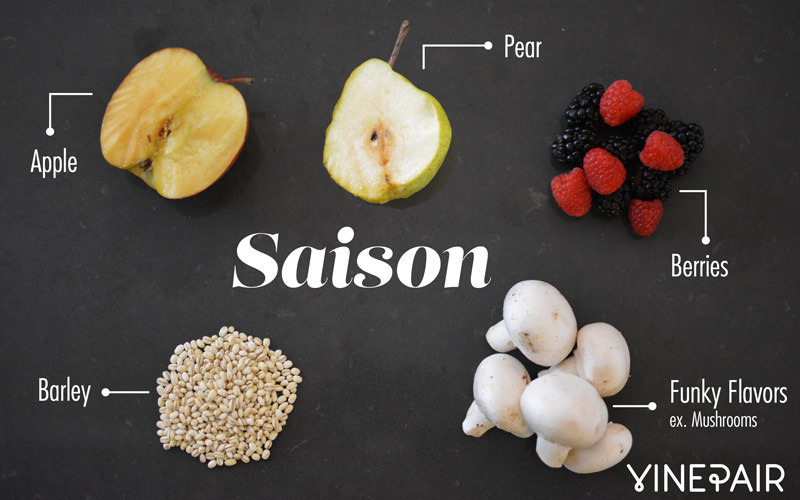 Saison beers will typically have tons of fruit, including but not limited to berries, apples, and stone fruits like pears or peaches. A little bit of malt or barley will dance with funky, non-traditional flavors as crazy as mushrooms.
Saison beers will typically have tons of fruit, including but not limited to berries, apples, and stone fruits like pears or peaches. A little bit of malt or barley will dance with funky, non-traditional flavors as crazy as mushrooms.







